On October 1, 2012 St. Andrew's United Church and the Halifax Shambhala Centre jointly sponsored an all-candidates forum for the mayoral election titled "Values and Vision: Behind Policies and Beyond Platitudes".
From my notes on Values and Vision what mayoralty candidates advanced:
- Growth and Prosperity
- Taking care of everyone
- Sharing the wealth
- Education
- A lot more compassion
- Caring for fellow citizens
- Taking care of each other
- Too much apathy
- Inclusiveness
- Compassion
- Everyone feels like they belong
- Kindness & Generosity & Respect
- Social cohesion
- Taking responsibility
- Wealth creation for everyone
- We can do better
- Not turning a blind eye
- Engage community
- Training and mentoring
- Nurturing
- Empower communities
- Everything!
- Understanding the needs of the people
- Conversations
- Listening
- Respect
- Authentic Leadership
While the values and vision expressed here is all very well intentioned and designed to feel good, does any of it actually take the 2012 bull by the horns?
 There was a question raised about membership in Mayors for Peace, a Program to Promote the Solidarity of Cities around the world toward the Total Abolition of Nuclear Weapons. Halifax is conspicuously absent from Mayors for Peace city roster of 5400+ including 96 Canadian cities. Might this have something to do with our city's centuries long alignment to defence and current commitment to defence industries? At least 3 of the 5 candidates for mayor expressed that they would be in favour of joining Mayors for Peace.
There was a question raised about membership in Mayors for Peace, a Program to Promote the Solidarity of Cities around the world toward the Total Abolition of Nuclear Weapons. Halifax is conspicuously absent from Mayors for Peace city roster of 5400+ including 96 Canadian cities. Might this have something to do with our city's centuries long alignment to defence and current commitment to defence industries? At least 3 of the 5 candidates for mayor expressed that they would be in favour of joining Mayors for Peace.
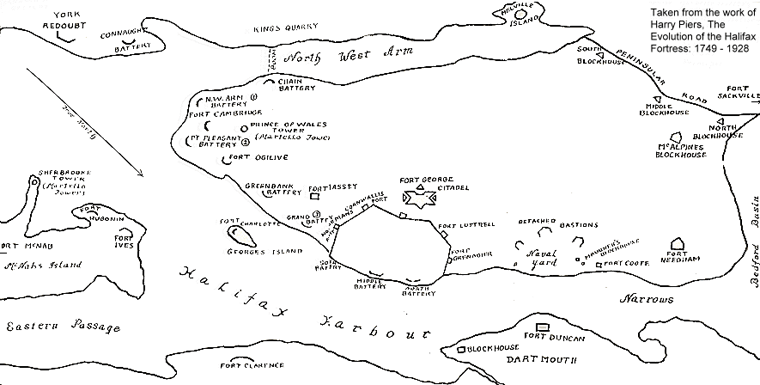



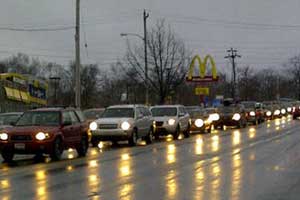


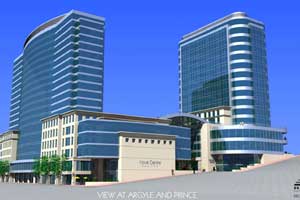
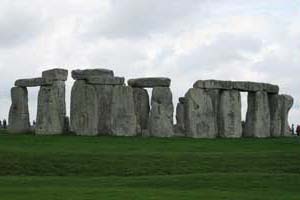

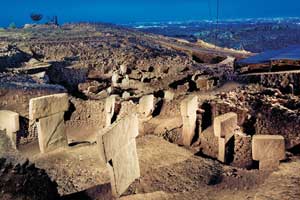
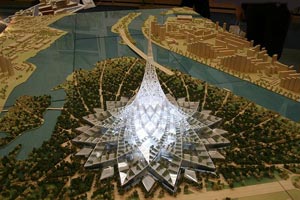

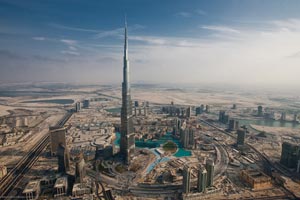

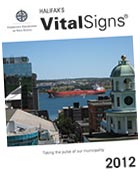
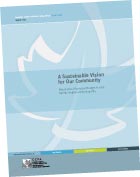 On August 28, the Canadian Centre for Policy Alternatives-Nova Scotia (CCPA-NS) released A Sustainable Vision for Our Community:
On August 28, the Canadian Centre for Policy Alternatives-Nova Scotia (CCPA-NS) released A Sustainable Vision for Our Community: 
